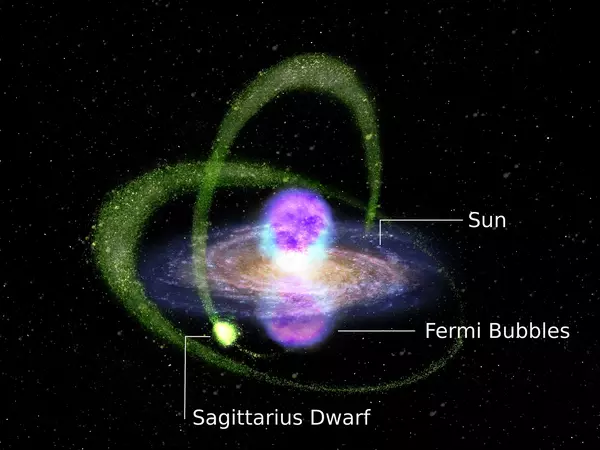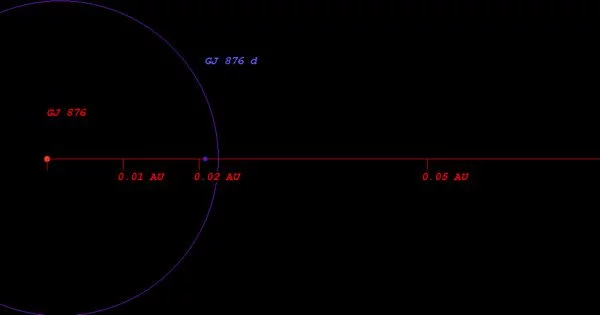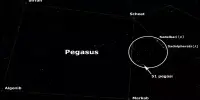A dwarf spheroidal galaxy (dSph) is a word used in astronomy to describe small, low-luminosity galaxies with very little dust and an older star population. It is a type of dwarf galaxy. They can be found in the Local Group as partners to the Milky Way and systems that are companions to the Andromeda Galaxy (M31).
In comparison to larger galaxies such as the Milky Way, these galaxies are small, faint, and have low luminosity. While they resemble dwarf elliptical galaxies in appearance and attributes such as little to no gas or dust and recent star formation, they are roughly spheroidal in shape and generally have lower luminosity. Dwarf spheroidal galaxies are one of the most common types of dwarf galaxies in the universe.
Discovery
Despite having far bigger radii than globular clusters, dSphs are significantly harder to discover due to their low luminosities and surface brightnesses. Dwarf spheroidal galaxies exhibit a wide variety of luminosities, and known dwarf spheroidal galaxies span several orders of magnitude in luminosity. Their luminosities are so low that Ursa Minor, Carina, and Draco, the known dwarf spheroidal galaxies with the lowest luminosities, have mass-to-light ratios (M/L) larger than that of the Milky Way. Dwarf spheroidals likewise have little to no gas and no clear indicators of recent star formation.When it comes to the Local Group, dSphs are mostly located near the Milky Way and the M31.

The first dwarf spheroidal galaxies discovered were Sculptor and Fornax in 1938. The Sloan Digital Sky Survey has resulted in the discovery of 11 more dSph galaxies as of 2007 By 2015, many more ultra-faint dSphs were discovered, all satellites of the Milky Way.
Key characteristics of dwarf spheroidal galaxies include:
- Size: They typically have a small physical size, often only a few thousand light-years in diameter. This is much smaller than the size of large spiral or elliptical galaxies.
- Shape: As the name suggests, dwarf spheroidal galaxies have a roughly spherical or ellipsoidal shape. They lack the prominent spiral arms or central bulges found in larger galaxies.
- Low Luminosity: Dwarf spheroidal galaxies emit very little light, making them difficult to detect and study, particularly at great distances.
- Stellar Population: These galaxies are mostly made up of older stars, with little continuing star formation. When compared to more active galaxies, they have less gas and dust.
- Dark Matter Dominance: Dark matter is thought to dominate dwarf spheroidal galaxies. This indicates that the majority of their mass is made up of non-luminous, invisible matter, which has an impact on the dynamics of visible stars in the galaxy.
















